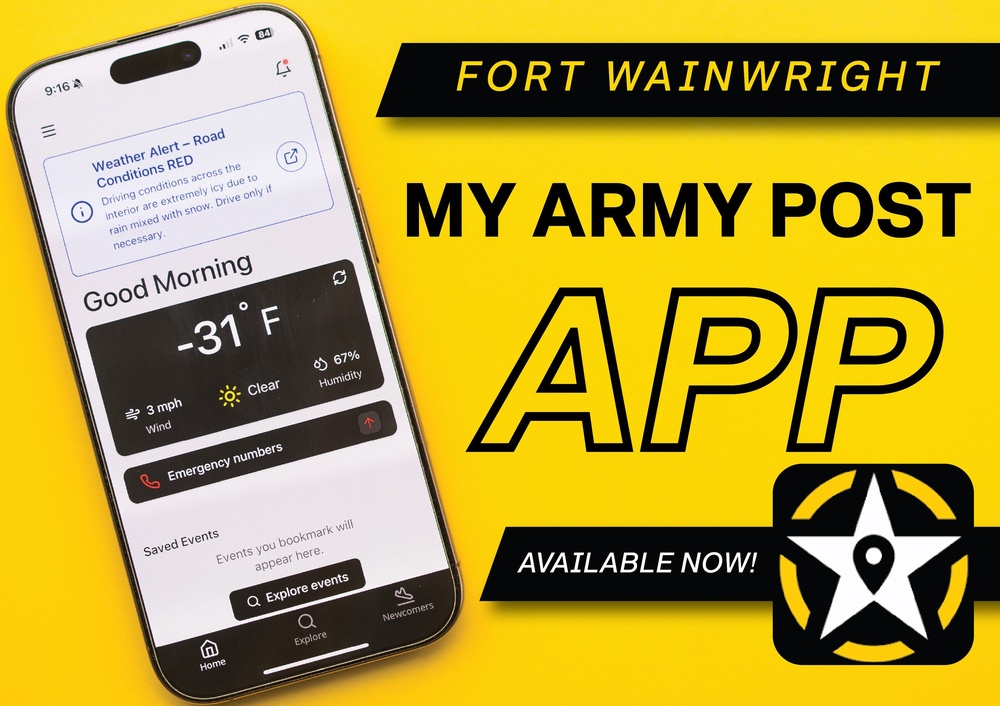DVIDS – News – Hurricane Hunters complete atmospheric river reconnaissance
KEESLER AIR FORCE BASE, Miss. – Much like a river on the ground carries water in streams through the earth, an atmospheric river carries water vapor in streams through the sky.
In partnership with the Scripps Institution of Oceanography at the University of California, San Diego and the National Oceanic and Atmospheric Administration, the 53rd Weather Reconnaissance Squadron “Hurricane Hunters” performed weather reconnaissance on these atmospheric rivers this month.
According to Dr. Fred “Marty” Ralph, Scripps Center of Western Weather and Water Extremes researcher and director, atmospheric rivers can carry an equivalent of about 25 times the amount of water in the Mississippi River as water vapor. He also said that these rivers can be 500 miles wide, thousands of miles long and have winds between 50 knots and hurricane-force speeds.
“These missions improve our global weather forecasting models,” said 1st Lt. Garrett Black, 53rd WRS aerial reconnaissance weather officer. “Which then can help meteorologists better predict precipitation events along the West Coast. Much of the rainfall the West Coast receives comes from these Atmospheric Rivers.”
“In addition to the science, due to the high tempo we are launching dropsondes from the aircraft, these flights are great for training, especially for the ARWO and dropsonde operator/loadmaster,” Maj. Ashley Lundry, 53rd WRS ARWO said.
In total, the squadron has flown six missions totaling 92 hours, launching WC-130J Super Hercules aircraft from Hawaii and California for four of the missions. Three of the missions were flown as a three-aircraft team with NOAA’s Gulfstream IV-SP. The Hawaii crew flew a solo mission Sunday and the California crew flew the final mission Tuesday.
In total, the 53rd WRS released 256 dropsondes into atmospheric rivers over the Pacific Ocean from about 30,000 feet. These dropsondes collect data including air pressure, temperature, humidity, wind speed and direction, and global positioning system information. This data is then used by Scripps, the Sonoma County Water Agency, the California Department of Water Resources, the Army Corps of Engineers and other agencies to gain more knowledge about atmospheric rivers and increase the accuracy of forecast models.
“The 53rd had a team located at Scripps Institute of Oceanography in San Diego that worked with a forecast team and flight planning team,” Lundry said. “The forecast team would identify an atmospheric river they wanted to target for a flight, and we would work together to come up with a flight path that would work and relay this plan to the two crews.”
“Most of our missions totaled about nine hours in-flight time,” Black said. “Our goal was to fly at as high of an altitude as we could, which usually ended up being around 30,000 feet. Our dropsonde operator from the California crew, Master Sgt. Tom Barnaby, would release approximately 25 dropsondes about every 60 nautical miles or so. Depending on the flight level winds, we were releasing a dropsonde about every 10 minutes.”
Lundry also said that once the data was collected, the ARWO and loadmaster would quality control the data and send it to the chief, aerial reconnaissance coordination, all hurricanes unit at the National Hurricane Center, which then pushed out the information to be used in different forecast models.
In addition to the Global Forecast System, this data also went into the European Center for Medium-Range Weather Forecasts and the Coupled Ocean/Atmosphere Mesoscale Prediction System.
“One of the goals of the atmospheric river reconnaissance missions, led by Marty Ralph of Scripps Institute of Technology, is to improve the forecast for land falling atmospheric rivers on the west coast of the United States,” Lundry said. “We are able to fly into the atmospheric rivers, before they make landfall, and collect critical meteorological data in data sparse areas that can be inputted into the forecast models, to improve the forecast of these systems.”
According to Scripps, atmospheric rivers are the primary cause of flooding in the California area and produce 25-50 percent of the water supply in key areas of the West. These missions are also important because while atmospheric rivers can be seen more than five days ahead of landfall, there can be a high level of error in predicting where they will go.
| Date Taken: | 02.28.2018 |
| Date Posted: | 02.28.2018 12:56 |
| Story ID: | 267558 |
| Location: | KEESLER AIR FORCE BASE , MS, US |
| Web Views: | 41 |
| Downloads: | 0 |
PUBLIC DOMAIN
This work, Hurricane Hunters complete atmospheric river reconnaissance, by Heather Heiney, identified by DVIDS, must comply with the restrictions shown on https://www.dvidshub.net/about/copyright.


 Private Internet Access gives you unparalleled access to thousands
of next-gen servers in over 83 countries and each US state. Your
VPN experience will always be fast, smooth, and reliable.
Private Internet Access gives you unparalleled access to thousands
of next-gen servers in over 83 countries and each US state. Your
VPN experience will always be fast, smooth, and reliable.
